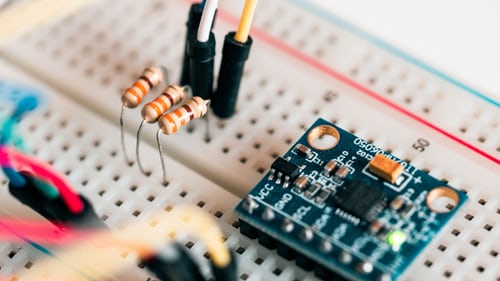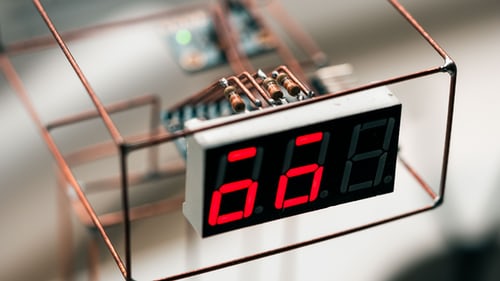There are many types of fixed resistors, and the choice of which material and structure of the resistor should be based on the specific requirements of the application circuit. Ordinary wirewound resistors are often used in low-frequency circuits or as current-limiting resistors, voltage divider resistors, bleeder resistors or bias resistors for high-power tubes. Wirewound resistors with higher precision are mostly used in fixed attenuators, resistance boxes, computers and various precision electronic instruments.
(1) General purpose resistors are preferred. There are many types of general-purpose resistors, such as carbon film resistors, metal film resistors, metal oxide film resistors, metal glass glaze resistors, solid resistors, wire wound resistors, etc. 1-low。 This type of resistors have a wide range of resistance values, the accuracy includes three levels of ± 5 latitude, ± 10 nu and ± 20%, and the power is 0.1-low. Because they have many varieties, complete specifications and sufficient sources, they are cheap and conducive to production and maintenance.
(2) The rated power of the resistors used must be greater than twice the actual withstand power. To ensure the normal operation of the resistor and not burn out, it must not exceed its rated power when it actually works. In order to make the resistor work reliably, the rated power of the selected resistor is usually more than twice the actual power it can withstand. For example, if a resistor in the circuit actually withstands a power of 0.5w, a resistor with a rated power of more than 1w should be selected.
(3) In the high-gain front-end amplifier circuit, a resistor with a small voice electromotive force should be selected to reduce the noise interference on the useful signal. For example, a metal film resistor, metallized resistor, and carbon film resistor can be selected. Solid resistors have a large noise electromotive force and are generally not suitable for use in preamplifier circuits.
(4) Select resistors according to the circuit working rate. Due to the different structures and manufacturing processes of various resistors, their distribution parameters are also different. The distributed inductance and distributed capacitance of the rx type wire wound resistor are relatively large, and it is only suitable for circuits with a frequency lower than 50khz; the rh type synthetic film resistor and the rs type organic solid resistor can be used in circuits of tens of mh:; RT-type carbon film resistors can work in circuits around 100mhz, while rj-type metal film resistors and ry-type oxide film resistors can work in high-frequency circuits up to 100mhz.
(5) According to the requirements of the circuit for the stability of the degree, choose the resistor. Due to the different functions of resistors in the circuit, the requirements for their stability are also different. For example, the resistance in the decoupling circuit, even if the resistance value changes, it has little effect on the circuit work; The resistance of the resistor used for voltage sampling in the regulated voltage depth will cause the change of the output voltage.
Solid resistors have a large jug coefficient and should not be used in circuits with high stability requirements; carbon film resistors, metal film resistors, and glass glaze film resistors all have good jug characteristics and are very suitable for stable applications. Occasions with high degree of resistance; wire wound resistors are wound with special alloy wires, and their ju degree coefficient is extremely small, so their resistance values are the most stable.
(6) Choose a resistor according to the installation position. Due to the different materials and processes for making resistors, resistors with the same power have different volumes. For example, the volume of metal film resistors with the same power is about 1 times smaller than that of carbon film resistors, so it is suitable for installation in circuits with relatively compact components; on the contrary, in the case where the installation position of components is relatively loose, the choice of carbon film resistors relatively economical.
(7) Select the resistor according to the working environment. When the environments in which the resistors are used are different, the type of resistors selected is also different. Like deposited film resistors, it is not suitable for occasions susceptible to gas traceability and electrolytic corrosion; if the ambient humidity is high, metal film resistors or oxide film resistors can be considered, which can work for a long time at high temperatures of ±125°C.
Summarized by Easybom.



Comments (1)